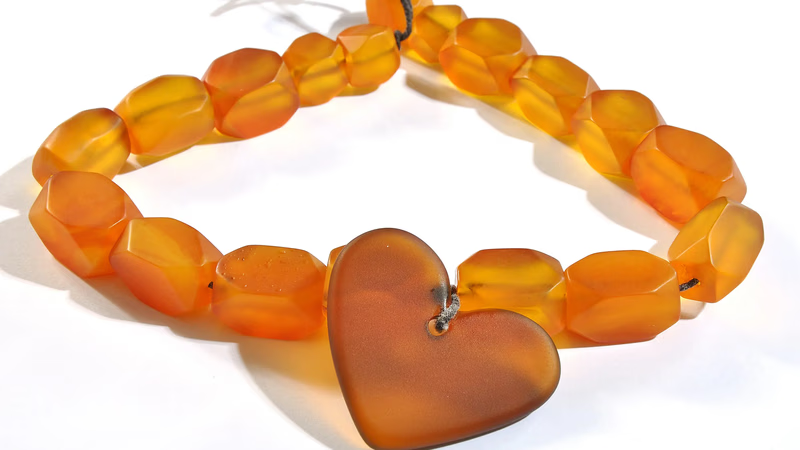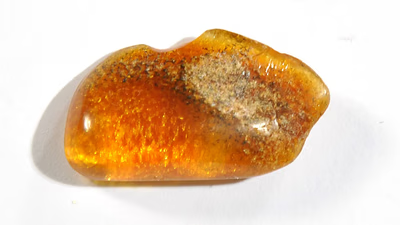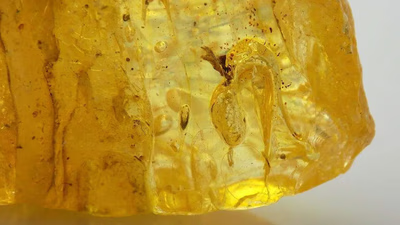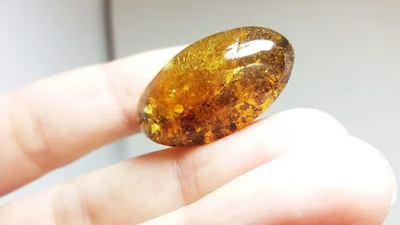
Amber gemstones available at competitive prices in Asia"s markets. "
The Asian market has a significant presence in the gemstone trade, including Amber. Countries like China, India, Thailand, and Hong Kong have established gemstone markets and are known for their involvement in the trade, including both domestic consumption and international distribution. Asia has a large and growing consumer base with an increasing demand for gemstones, including Amber. The market caters to both local consumers and international buyers who visit Asia for gemstone purchases. The popularity of Amber as a gemstone with cultural significance and healing properties contributes to its demand in the Asian market.
There are many people who buy and sell different types of amber stones at special prices in large markets in different cities throughout Western Asia and Iran. Since the price of this sample of stones is very important and significant for this group of people, they should refer to the amber stone sales centers or internet sites in this field before starting this work, and the price of this product and buy the best products at great and incredible prices. The prices of these samples are different from each other. For example, the price of genuine amber differs from its counterfeit price.
Buying and selling all kinds of Amber gemstones at special prices in the Asian market can be an exciting venture for gemstone enthusiasts and traders. It's advisable to conduct thorough research, work with reputable sellers, and seek professional advice or guidance when buying or selling Amber gemstones in the Asian market to ensure a fair and satisfactory transaction.
Alongside physical markets, online platforms have become popular for buying and selling gemstones in Asia. Online marketplaces and specialized gemstone platforms offer convenience and access to a wide range of Amber gemstones from various sellers, both within Asia and globally. These platforms may also feature special deals or discounts, enabling buyers to find attractive prices. When buying or selling Amber gemstones in the Asian market, it is essential to be aware of local regulations and ensure the authenticity of the gemstones. Understanding import/export regulations, certification, and authentication processes can help ensure a smooth transaction and the purchase of genuine Amber gemstones.
There are several centers that supply high quality amber without intermediate. This method of selling is very beneficial for both them and their customers. Many sales centers use this method in the supply of their goods in order to achieve large revenues. Customers should also go to the door of production units and supply these goods directly. In this way, buyers can buy these products as many as they want with low and reasonable price. This method is very cost effective and most of the most important buyers as well as sellers try to advance the buying and selling process in this way.
The Asian market can offer competitive pricing for Amber gemstones due to factors such as proximity to the production sources, local mining activities, and the presence of skilled artisans for cutting and polishing. This can create opportunities for buyers to find Amber gemstones at special prices compared to other regions. Asia hosts various gemstone trade shows and exhibitions, providing platforms for buyers and sellers to connect and showcase their products. These events often feature a wide variety of gemstones, including Amber, allowing buyers to explore different options and negotiate prices directly with sellers.
-

West Asian Amber features a diverse color spectrum, with honey-colored and cognac-colored amber being among the most sought after. Honey-colored amber displays warm golden shades, while cognac-colored amber ranges from light to deep reddish-brown hues. Cherry-colored amber, characterized by its reddish tones, adds to the variety. The primary source of amber is the coniferous plant Pinus succinifera, although other conifers produce lesser amounts. Over 250 color spectrums and seven main colors of amber have been identified, including yellow, orange, white, green, and blue. Yellow amber constitutes about 70% of global production and is primarily sourced from the Baltic Sea region. Green amber, which makes up about 2% of the spectrum, is created by heating yellow amber and is often paired with silver in jewelry making. Red amber is rare, found in only one out of every 200 samples, historically favored by the wealthy due to its scarcity.
Blue amber is the rarest type and changes color under fluorescent light. Other notable colors include butterscotch and olive-colored ambers. Each type has unique characteristics that influence its market value and appeal in jewelry design.
-

The Asian market plays a crucial role in the global amber gemstone trade, with countries like China, India, Thailand, and Hong Kong leading in both domestic and international sales. The growing consumer base in Asia has heightened the demand for amber due to its cultural significance and perceived healing properties. Buyers and sellers are encouraged to research prices and work with reputable sellers to ensure fair transactions. Online platforms have gained popularity, offering convenience and access to a diverse range of amber gemstones. These platforms often feature special deals that can lead to attractive pricing. Understanding local regulations regarding import/export and ensuring gemstone authenticity is vital for smooth transactions. Direct purchasing from production units is a cost-effective method for buyers, allowing them to acquire high-quality amber at reasonable prices. The proximity to production sources and skilled artisans contributes to competitive pricing in the Asian market. Additionally, various trade shows and exhibitions provide opportunities for networking among buyers and sellers, showcasing a wide array of gemstones including amber.
-

Amber has been valued since ancient times, with archaeological evidence tracing its use back to the Stone Age. It was traded extensively, particularly Baltic Amber, which became a significant commodity during the Roman Empire. This gemstone held cultural importance across various civilizations, often used in religious ceremonies and as decorative items believed to possess protective and healing properties. The Baltic region, especially Lithuania, Latvia, and Estonia, is renowned for its high-quality amber known for its rich colors and clarity. Each locality offers unique characteristics that enhance its desirability. Today, amber continues to be cherished in jewelry and scientific research. While often mistaken for a gemstone, amber is actually fossilized tree resin. The oldest known amber dates back approximately 320 million years.
In Asian cultures, it symbolizes courage and protection during journeys. The Greeks and Romans recognized its origins, with Aristotle referring to it as "succinum. " Modern sources of amber include the Dominican Republic, known for rare blue variations; Mexico"s Chiapas region; and historical sites in Poland, Russia, Ukraine, and Belarus. Amber"s global presence extends to Myanmar, Canada, the U. S. , Lebanon, and parts of Africa.
-

The original Asian Amber gemstone, often referred to as Baltic Amber, is associated with various benefits for the body and mind, primarily rooted in traditional beliefs and alternative healing practices. Advocates claim that Amber has a calming effect, promoting relaxation and reducing stress and anxiety. It is also thought to absorb negative energies and convert them into positive ones, enhancing emotional stability and vitality. Many users wear Amber jewelry or utilize Amber-infused products to experience these purported effects. The gemstone is believed to possess anti-inflammatory properties due to its succinic acid content, which may aid in reducing pain and supporting immune health. Additionally, Amber is linked to emotional support, helping alleviate feelings of depression and fostering a more optimistic outlook. Its therapeutic applications are extensive, including treatments for conditions such as arthritis, asthma, eczema, and more. While many individuals find value in these claims, it is essential to approach them with caution as scientific evidence may not fully support these assertions.
Consulting healthcare professionals for specific health concerns remains advisable. Overall, the perceived advantages of Asian Amber highlight its role as an energetic purifier that can transform negative energies into positive frequencies.
-

Amber gemstones are valued based on their design, quality, and origin. Unique patterns, inclusions, and vibrant colors significantly enhance their worth. The craftsmanship involved in shaping and polishing the gemstone also plays a crucial role in pricing. Regions like the Baltic are renowned for high-quality Amber, which can command higher prices due to their reputation. Factors such as the type of stone, design quality, and quantity ordered influence pricing. Additionally, Amber"s ability to preserve ancient inclusions adds to its desirability among collectors. Treatments like heat enhancement can affect value; untreated stones are generally more sought after. Market dynamics, including supply and demand fluctuations, also impact pricing trends.
Buyers should seek reputable sellers for original Amber gemstones with exceptional designs at reasonable prices. "





